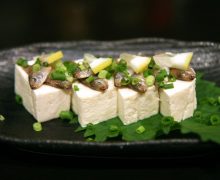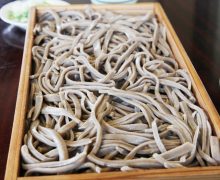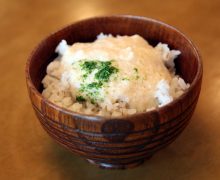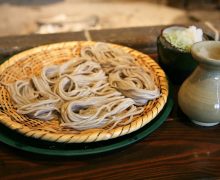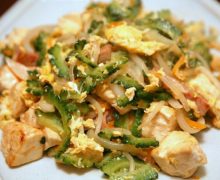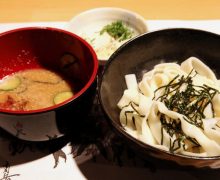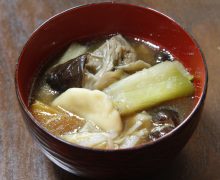Okizuke
What is Okizuke?
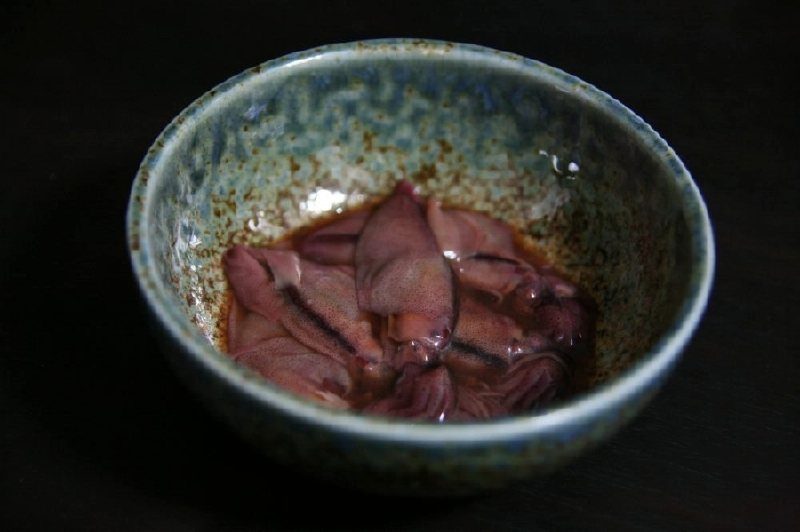 Okizuke
Okizuke
Okizuke (沖漬け・おき漬・おきづけ) is seafood such as squid (Japanese flying squid, spear squid, bigfin reef squid, firefly squid, etc.), shrimp (sakura shrimp, sweet shrimp, etc.), horse mackerel (aji), flounder (kisu), and whitebait (raw shirasu) that are pickled whole or cut into fillets in soy sauce (or dipping sauce/okizuke liquid) for several hours to several days.
Depending on the region, store, household, or maker, there are various recipes, such as soy sauce boiled with sake, tamari, mirin, yuzu, kelp, or chili pepper, and the seafood used also varies depending on the region and season.
It is known as a local dish and specialty of Hokkaido, and “firefly squid okizuke” is a local dish and specialty of Toyama that uses firefly squid.
There are various theories about the origin of okizuke, but one says that it began when people took soy sauce or other dipping sauce with them on fishing trips and soaked the squid they caught in the sauce while they were still alive, and since it was soaked offshore in between fishing trips, it came to be called “okizuke.”
When live squid is soaked in soy sauce (or dipping sauce), the squid absorbs the soy sauce (or dipping sauce) and it seeps into the inside of the squid, and it is said to have a completely different taste compared to when live squid is soaked in soy sauce.
Nowadays, it is made in shops and ordinary homes, mainly along the coasts of various regions, and while some commercially available ones contain additives, it is eaten as a food that allows you to taste the natural flavor of the ingredients with simple seasonings, as a “Otsumami” – snack with sake – or as a side dish with rice.
Various types of okizuke
As the existence of “okizuke” has become widely known to the general public, and it has begun to be made in stores and ordinary homes, some products advertise that they are made and sold by fishermen on boats in offshore fishing grounds as “okizuke” in the true sense of the word, with catch phrases such as “okizuke on board,” “live pickled on board,” and “pickled on board.”

